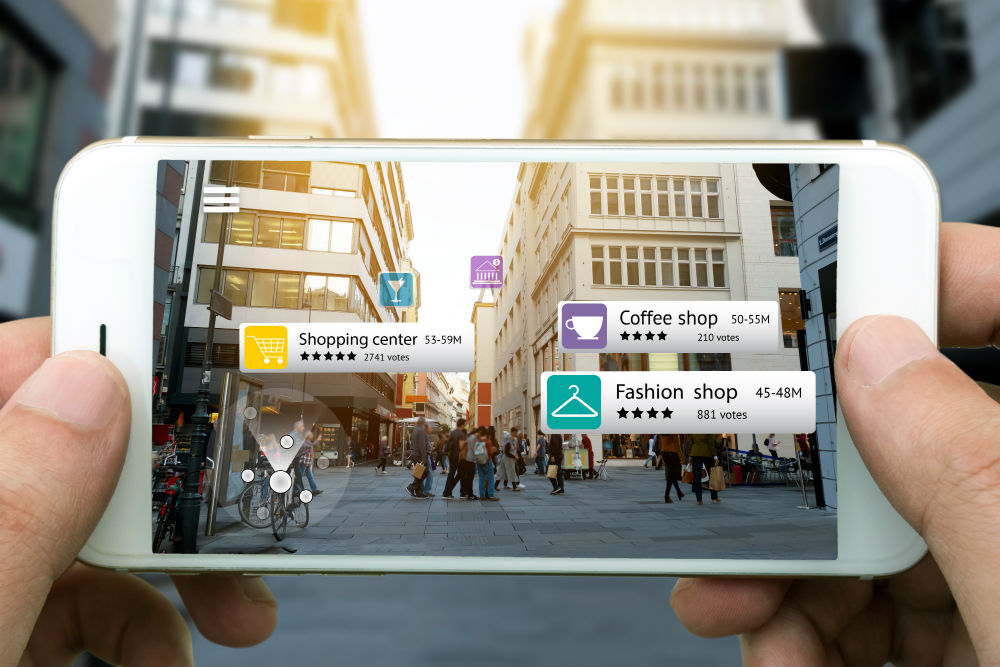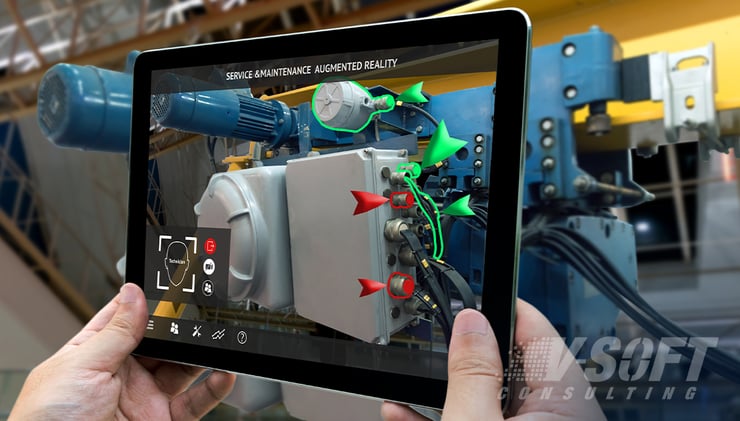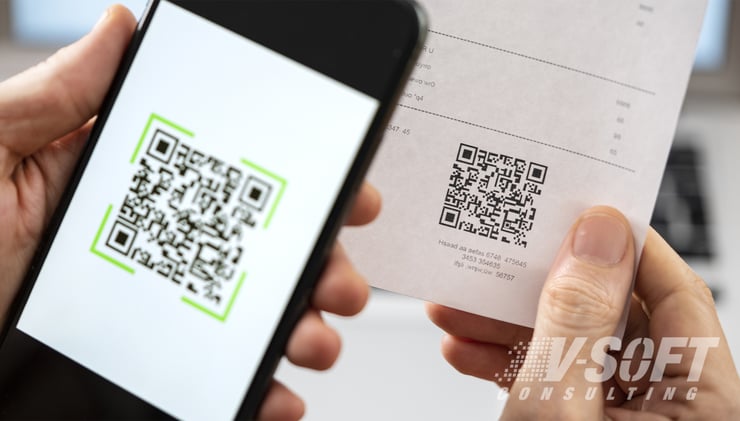Augmented Reality (AR) was introduced to the masses in the summer of 2016 through the wildly popular Pokémon GO as well as via Snapchat filters. While it’s a great and innovative new way to create video games that get people up and moving around, AR can also be a powerful business tool. We’ve gathered a few ways businesses can implement AR early on to benefit themselves and their customers, as well as explained how the tech works.
How AR Works for You and Your Business
First, you may be wondering “how exactly does AR technology work?” According to an article in Baseline Magazine, “AR technology superimposes a computer-generated overlay on a user’s view of the real world.” However, this amazing technology doesn’t come without its own set of challenges, “As is the case with the emergence of all new technologies, AR increases the attack surface. Factor in an already challenging security landscape for internet of things (IoT) devices, and the reluctance of some IT executives to embrace the early stages of AR is understandable. Security and privacy risks are real—a point of consensus among IT professionals and consumers.” Despite these hesitations due to security, Baseline Magazine expects enterprises to “adopt a more welcome posture toward AR in 2017, as growing consumer demand prompts a swift response from the marketplace.”
Want a mobile app for your business? Click here for a free mobile app consultation.
Virtual Demonstrations and Mass Messaging in AR Mobile Apps
AR allows users to “project” an image onto their faces or the world around them via their smartphone’s camera. That’s the tech that allows a Pikachu to show up on your dinner table or a pair of dog ears to make your selfie extra cute in Snapchat. This tech has more practical uses, however. Warehousing and manufacturing firms are currently making simple glasses that can project flat images for their wearers—such as instructions for employees that allow them to remain hands-free while on the job, rather than tethered to a smartphone or watch.
Microsoft is currently running trials on a more advanced for of that technology called HoloLens. HoloLens headsets can give medical students virtual cadavers to dissect and architecture students the ability to collaborate on a digital “sketch” of a building. The failed Google Glass was a first-attempt at this sort of innovation, and while the techy glasses didn’t catch on, AR is undoubtedly becoming more and more well-received.
This technology, as it becomes commonplace, will allow businesses to do things such as showcase furniture, build virtual buildings to show how they will look in a skyline and check email without having to lift a finger—which will, realistically, be the most commonplace (if not a little dull) use of AR as we shrink computers down into glasses-sized packages.
Advertising and Monetization AR for Your Business
Since AR is an all-new form of entertainment and technology, there of course will be all sorts of different ways ad revenue will eventually be gained. In the case of Pokémon GO, there are sponsored areas within certain locations (mainly Starbucks and Sprint stores, currently,) that allow players who go there to get certain benefits in-game—and, while they’re already at the Starbucks, why not pick up a drink?
A less-obvious route an advertiser may choose to go when it comes to AR is product placement. Since AR allows next to anything to be projected, it would be easy for an advertiser to put their sponsored project among the virtually populated world. For example, a sample kitchen in an IKEA store could change counter colors on the fly, but on those counters sponsored products like Coca-Cola may eventually pop up.
Development and Mobile Apps
Technology companies that become early adopters of AR technology will have an edge over competitors. As AR becomes more popular, companies will want mobile apps that have AR capabilities. The sooner that companies can provide mobile app development with AR available, the more versatile they become for their clients.
If you are interested in developing a mobile app for your business, click here to learn more:

















